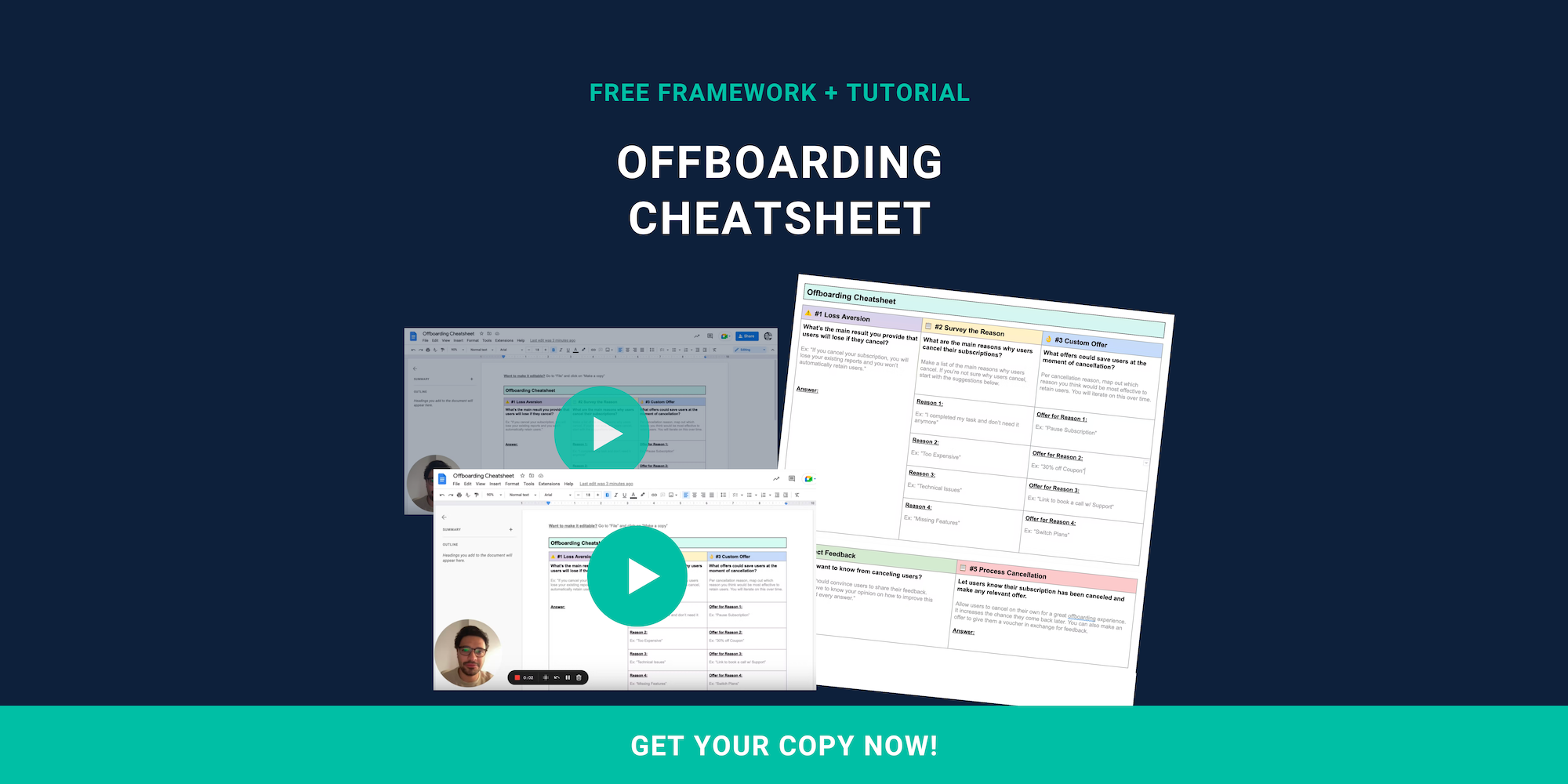Saas companies with subscription models have to adopt an appropriate method of accounting to remain solvent. In most cases, the appropriate accrual basis accounting method for a Saas is revenue recognition. As cash enters the business it is considered a liability until the services have been rendered. Recognizing when cash becomes a revenue versus a liability is critically important. When calculating valuation, churn, customer acquisition cost, or the general viability of the business, understanding the difference between revenue and liabilities can make or break a Saas. We will discuss the basics, pitfalls, and how to adopt revenue recognition.
Revenue Recognition Basics
Revenue recognition is defined by Wikipedia as, "... a cornerstone of accrual accounting together with the matching principle. They both determine the accounting period, in which revenues and expenses are recognized. According to the principle, revenues are recognized when they are realized or realizable, and are earned (usually when goods are transferred or services rendered), no matter when cash is received. In cash accounting – in contrast – revenues are recognized when cash is received no matter when goods or services are sold." (Source: https://en.wikipedia.org/wiki/Revenue_recognition). Essentially, revenue recognition is an accounting tool to help Saas' stay in compliance with government standards. Revenue recognition also provides a clean method of accounting that gives owners a realistic understanding of the financial health of their company.
Profitwell.com defines it as, "The basic idea of revenue recognition is this: no matter when a customer's cash arrives in your bank account, you don’t count it as revenue until you have delivered the product or service that it paid for." As a Saas owner, you are charged with knowing and understanding your company's financial health.
Revenue Recognition Pitfalls
As Saas's grow and start to collect more money, account for revenue can become tricky. Two big issues with revenue recognition are accounting for annual billing and bundled services.
As money comes into a Saas, it is easy to account for that revenue at the time of collection. However, with annual pay models, you must recognize the revenue incrementally over the term of the payment. If an annual subscription is $1200 and the terms is 12 months, then $100 per month is recognized.
Often times, Saas's will bundle other software of consulting services with a subscription. These services are called 'performance obligations.' Saas's owners must attach an individual value to each performance obligation. This separation allows for accurate revenue recognition. As a performance obligation is delivered, the value of the performance obligation is recognized as revenue. Prior to the performance, they are considered liability.
How to Adopt Revenue Recognition
As of December 16, 2016, a new 5-step process for recognizing revenue will apply for public and nonpublic companies. Accountingweb.com lay out the five steps as:
- Identify the contract with a customer. The contract can be verbal or implied through your terms and conditions that your customers agree to when they subscribe.
- Identify the separate performance obligations in the contract. A performance obligation is a distinct service that can stand alone from other services.
- Determine the transaction price. The amount you will charge for a service.
- Allocate the transaction price to the separate performance obligations in the contract. You must determine the price of each performance obligation even if they are bundled.
- Recognize revenue when (or as) the entity satisfies. Revenue is then recognized over time for each of the performance obligations.
Conclusion
Whether your a well seasoned Saas or you just collected your first dollar, adopting the appropriate accounting method can make or break your company. We recommend you seek the guidance of a licensed CPA in your area that can provide appropriate advice. Getting this wrong can cause you to be out of compliance with government agencies or even bankrupt your Saas.

Offboarding Cheatsheet
This framework + video tutorial will help you design a better cancellation process.
Some of our featured articles

Adam Crookes

Miguel Marques

Adam Crookes
Customer Success insights in your inbox
Helping Founders and Customer Success Managers handle customer retention effectively.
We will only ever send you relevant content. Unsubscribe anytime.


